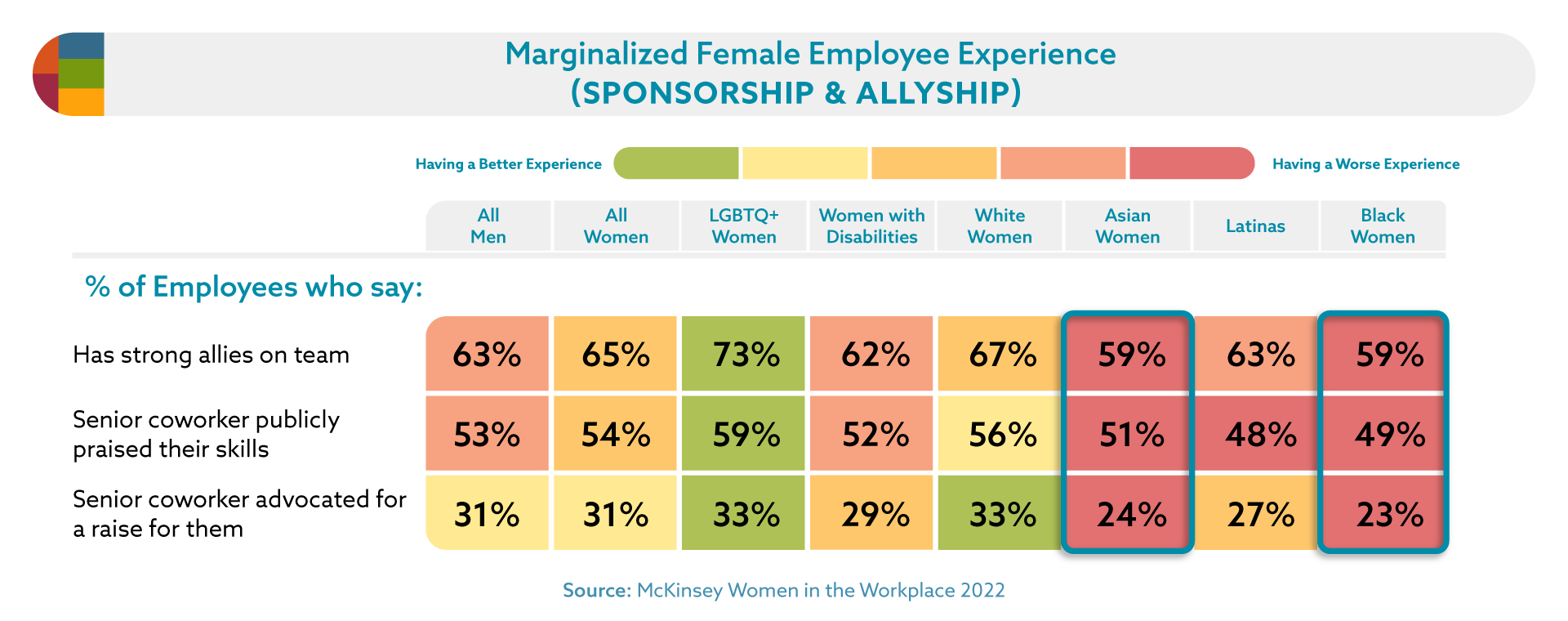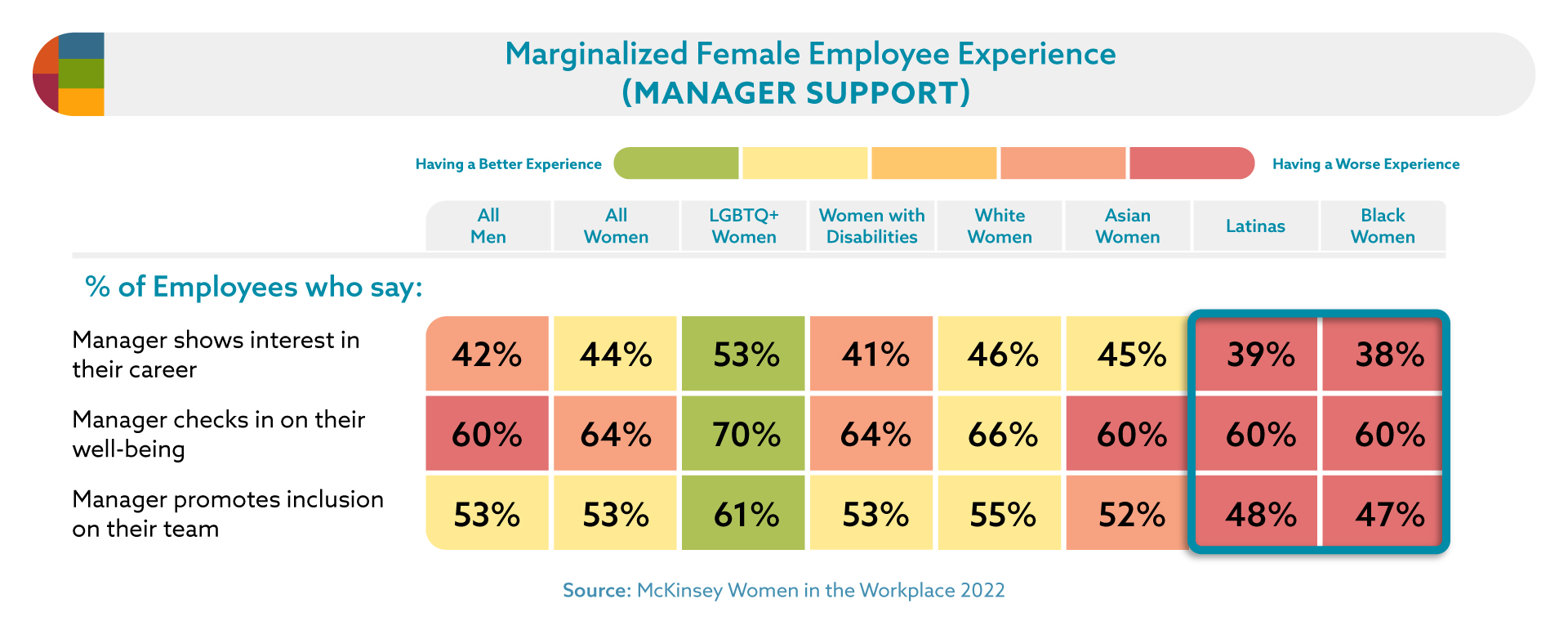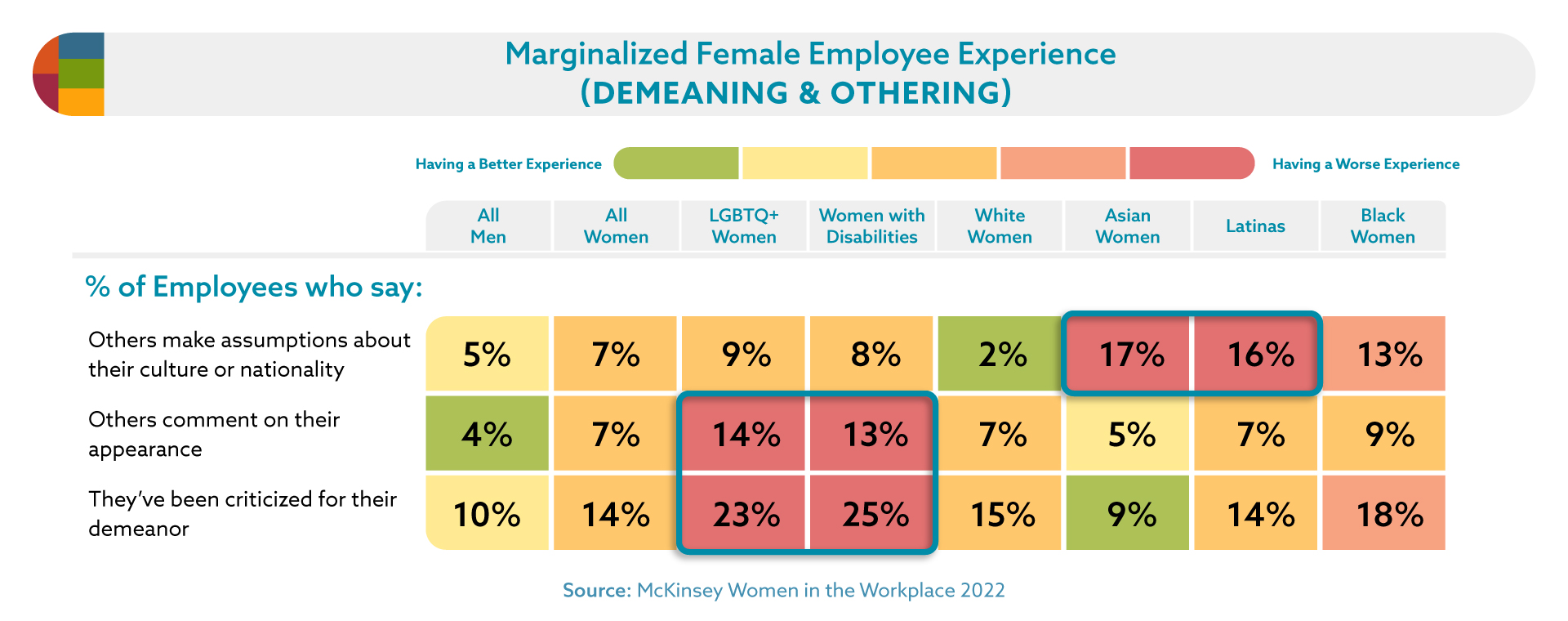We like to keep up with the newest data on women in leadership, updating our primary catalog, Guide to Women’s Leadership, about twice a year.
Thanks for my colleague, Jennifer V. Miller we keep this extensive documentation pretty current. The guide now includes 109 citations in four categories and 27 subcategories :
- The Facts on Women in Leadership
- Mentoring Tips
- Coaching Tips
- Personal Brand and Career Advice
The links below have been added to the InPower Coaching Guide to Women in Leadership as of our most recent update this month.
- A push to get more women on U.S. boards slowed in 2022, raising concern among recruiters that some firms may have “ticked the gender box” by hitting minimum levels of female representation or moved on to focus on other diversity issues.
- More women are leading in government than ever before; here are the latest stats on women in elected government positions.
- The data is clear that unconscious bias wires the human brain to favor and emphasize some information, including information about people’s gender, color and other attributes, in a variety of predictable (and less predictable) ways.
- Like people of color, ethnic and other under-represented groups trying to fit into the dominant culture, women often feel the need to code-switch, which creates additional levels of stress, and can lead to feelings of inauthenticity.
- Cultural and gender biases pervade many organizational processes, including performance reviews, where research shows that critical feedback given to females is framed negatively while the same feedback given to men is written more favorably.
- Ageism is still a very real threat for women over 50 – with research showing that nearly 60% of women in that age bracket face some sort of age discrimination, which takes a toll on their mental health.
- “Gendered Ageism” is definitely a thing and affects women’s job security and financial viability.
- Research shows that people experiencing menopause are often judged as less leader-like, thus creating yet another barrier that holds women back in the workplace.
- Weight discrimination penalizes women, as it’s been found that for every 6 pounds gained by a woman, her salary drops $2 an hour.
- The way to address unconscious bias is to learn to see bias and find alternative ways to judge women authentically.
- Although the gender pay gap gets a lot of attention, another important metric is the “wealth gap” – in which several gender-based biases influence how much money women have (or keep) in comparison to men.
- Despite 82% of working parents claiming that company-provided childcare benefits are meaningful employment incentives, only 6% of U.S. companies actually offer them.
- Workplace biases that view women’s contribution to non-promotable work as more important to the team than men’s contributions place an unfair burden on women, while freeing up men to focus on tasks that will advance their careers.
- Though women have recovered the job losses they experienced during the pandemic itself, many are responding to continued stress by leaving or switching jobs more often.
- Women with children are more stressed about their children than their partners and are experiencing burnout at higher rates than men.
- When men drop the ball at work due to challenges at home, they find more cultural forgiveness than do women.
The guide, rich with data on women in leadership, now includes 130 citations in four categories and 27 subcategories.










